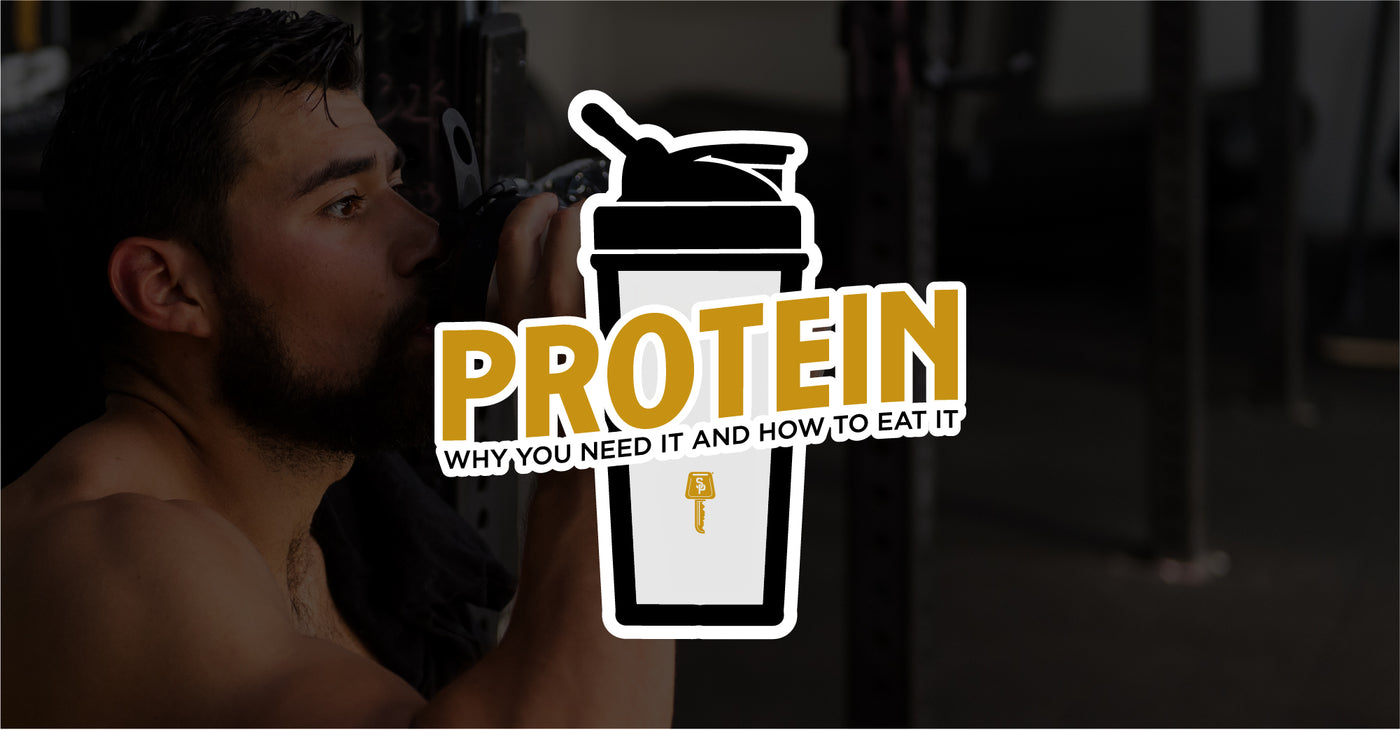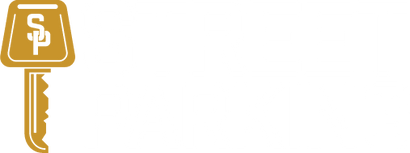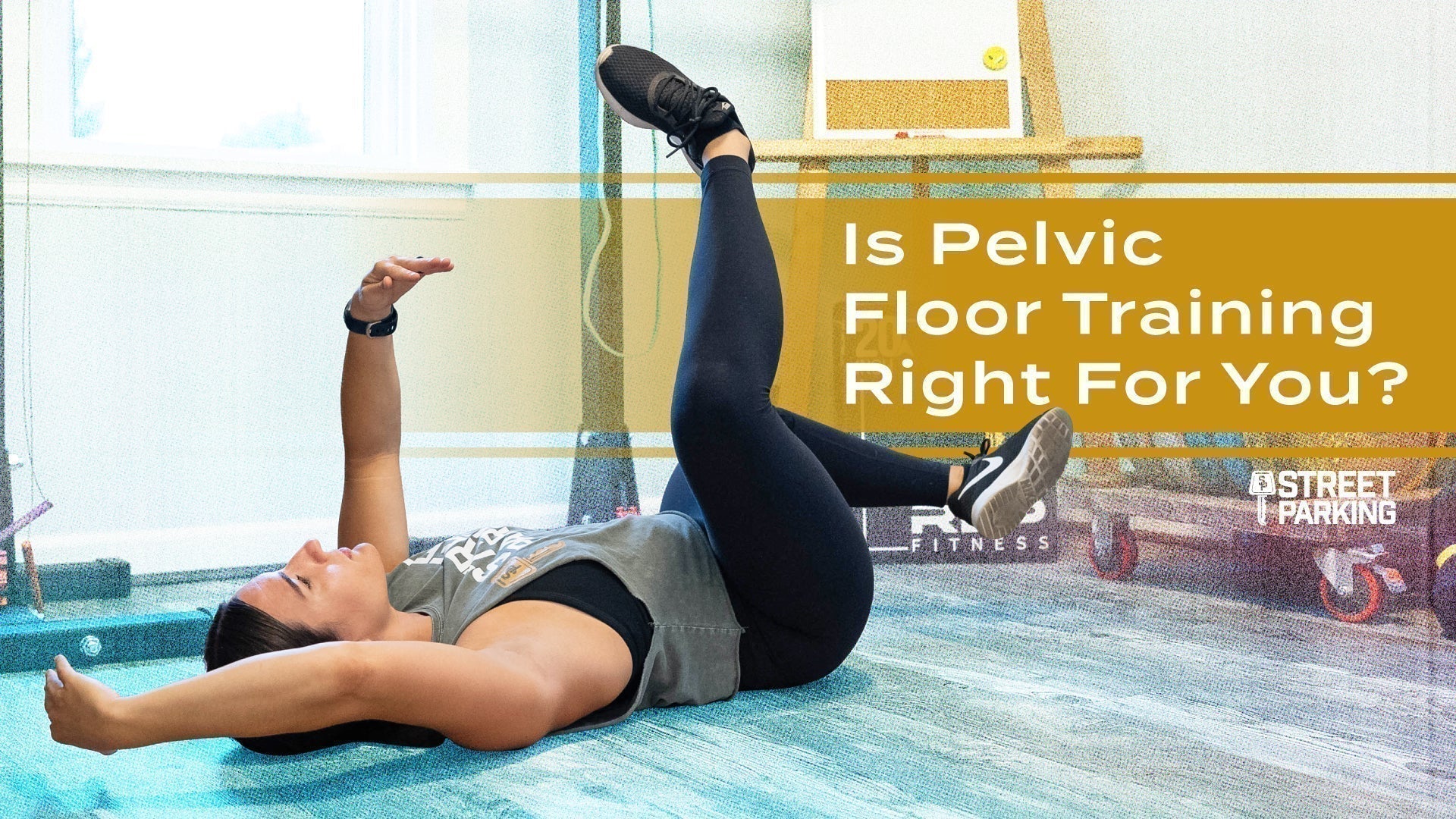
Protein.
We have been told over and over that we are supposed to eat it. But, we forget. Or we don’t know which foods are the best sources. Or, we OVERDO it and eat too much of it in the form of 3 protein shakes per day.
Protein is a vital macronutrient that provides the building blocks for so many aspects of our body including:
- Maintaining, growing, and repairing tissue
- Building and maintaining lean muscle mass
- Improving our body composition
- Decreasing our body fat
- Improving the health of our hair, skin, organs, etc.
Now - more often than not - for a variety of reasons - the majority of folks seem to have a hard time eating enough protein on a daily basis.
This is especially true for anyone whose schedule has them running around all day from task to task. Grabbing a piece of fruit or a granola bar for sustenance. Only to find out at the end of the day that you have pretty much only consumed carbs with a little fat.
It’s easy to see how this happens. Most processed (packaged) food is low in protein. And these are the snacks we grab quickly from a vending machine, can keep in our purse, or grab at the gas station.
And women seem to be suffering from low daily protein consumption. Even more than men.
As women age and get older (starting at around 20 years old). If you aren’t actively doing your part to gain or sustain muscle. You will lose it. Yup. It’s a use it or lose it type deal.
So the best possible thing you can do for yourself to avoid injury, live independently, and not require assistance just to make it through common daily activities. Is to have a strong muscular system. You do that by building muscle through participating in fitness AND eating the proper amount of protein that will fuel and sustain those muscles.
Sidenote: Some of you just freaked out when we said women start to lose muscle at around 20 years old if they’re not actively using it and you’ve surpassed the 20 year mark. It’s OK. You can continue to gain muscle well into your MUCH later years through training and proper nutrition.
What about men?
It is not uncommon for men to actually have the opposite problem. In general, men tend to gravitate more to foods that are high in protein, and are more heavily marketed to with protein heavy supplements. Men are more commonly led to believe that if they shove down 6 oz of chicken breast every 3 hours, they’ll be the most jacked dude in the room.
The reality is, your body only needs so much protein in its system and any excess is just used as energy - similar to carbs or fat. (Long story short - more and more protein doesn’t deliver more and more muscle mass after a certain point).
It’s not that it’s “wrong” or bad to get a high amount of your daily caloric intake from protein. But, there is no “extra” benefit in the way that most people believe there is.

What if I am a vegan/vegetarian?
You can certainly hit your protein targets for optimal health as a vegan/vegetarian.
Where we want to be careful is the misinformation that suggests that you can get enough protein from foods like peanuts, broccoli, or a slice of bread.
While it’s true that there are traces of protein in those foods, you want to make sure that when you’re prioritizing the consumption of protein, you’re getting whole protein sources if possible.
Because yes - that slice of bread might have 2 grams of protein in it. But you’d have to eat the whole dang loaf in order to get even remotely close to the amount you need in a day.
So depending on if you’re vegetarian or vegan, consume the highest quality of protein possible. Whether that’s quinoa, different types of beans, tofu, eggs, etc. The higher quality you can get, the better.
Biggest takeaway here is to make it a goal to eat enough protein by consuming items that are MOSTLY made up of protein - NOT items that are mostly made up of carbs and might have a few grams of protein in them.
Cooking Woes:

Oftentimes we have this idea that we should be eating lean proteins that have less fat.
Lean meats are great - but can be tricky to cook in a way that doesn’t result in super dry chicken breast for an entire week. Yum.
If this sounds like you, consider taking a break from SUCH lean protein sources for a bit and explore proteins like chicken thighs, pork tenderloin, and ground beef. Which are a bit higher in fat.
As you eat those proteins that are higher in fat, are enjoying a break from rubber chicken, and are consuming your daily protein needs (which is better than just giving up entirely). Start researching different ways to cook chicken breast and those other lean meats in ways that won’t make them dry. It can be done. Those meats can be delicious. It’s just going to take a bit of learning.
Pro Tips: Try smoking your lean meats - like chicken breast. Or try meats like ground turkey or chicken - these tend to re-heat much better.
Our recommendations
If we were to get nitty gritty and talk science, the recommended amount of protein per day is somewhere between 0.5-1.0 gram of protein per pound of body weight. For anyone who is consistently training or has an active lifestyle - you will want to be over 0.7 per day. If you are trying to GAIN muscle - bump it up to 1.0.
At Street Parking we suggest the SUPER convenient (and surprisingly accurate) “palm method” to determine how much protein you should eat per day. This simple trick makes “measuring” simple - and the best part is your measuring system goes with you everywhere.
We recommend:
Women:
- Each day, strive to eat 3-4 portions of protein that are the size of your palm (1 per meal). This is the circumference and thickness of your hand, minus the fingers.
- If you are trying to gain muscle - increase to 1.5 palm sized servings 3-4 times per day.
Men:
- Each day, strive to eat 3-4 portions of protein that are 1.5x the size of your palm (one serving per meal). This is the circumference and thickness of your hand, minus the fingers.
- If you are trying to gain muscle - increase to 2 palm sized servings 3-4 times per day.
Why your palm?
Your palm is generally aligned with the size of your body. Bigger bodies need more food. The difference between men and women comes from the USUALLY true scenario that men tend to have more muscle mass than women.
We love this because it’s easy to look at a chicken breast and see that it’s similar to the size of your palm.
It really doesn’t need to be more complicated than that.
The Street Parking Membership comes with more info like this - as well as additional tools and resources to help you improve your lifestyle, fitness, and nutrition.


